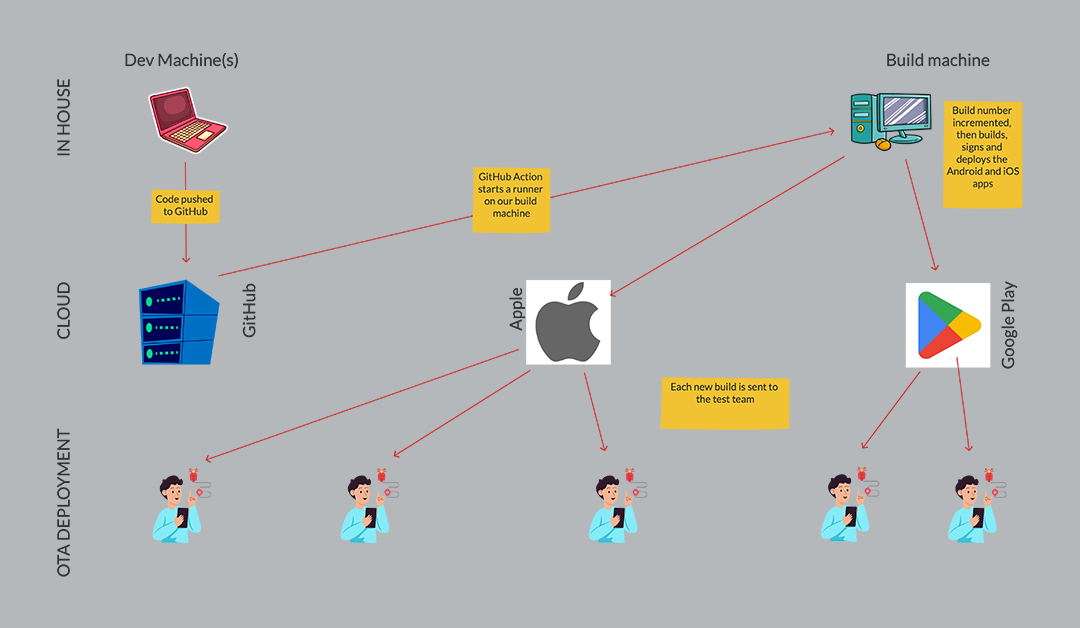
FLUTTER CONTINUOUS INTEGRATION
SETTING UP CONTINUOUS INTEGRATION FOR FLUTTER Setting up Continuous Integration (CI) for Flutter mobile apps can indeed be a complex task. Cross-platform mobile development involves building applications that can run on multiple platforms, such as iOS and Android,...

START-UP FUNDING: LAST STEPS BEFORE FUNDING
START-UP FUNDING: LAST STEPS BEFORE FUNDING? Before you go out and start approaching potential investors to join you on your journey, there are several steps before funding that you must take. This to-do list ensures that you stand a good chance of impressing...
Ready To Get Started?

